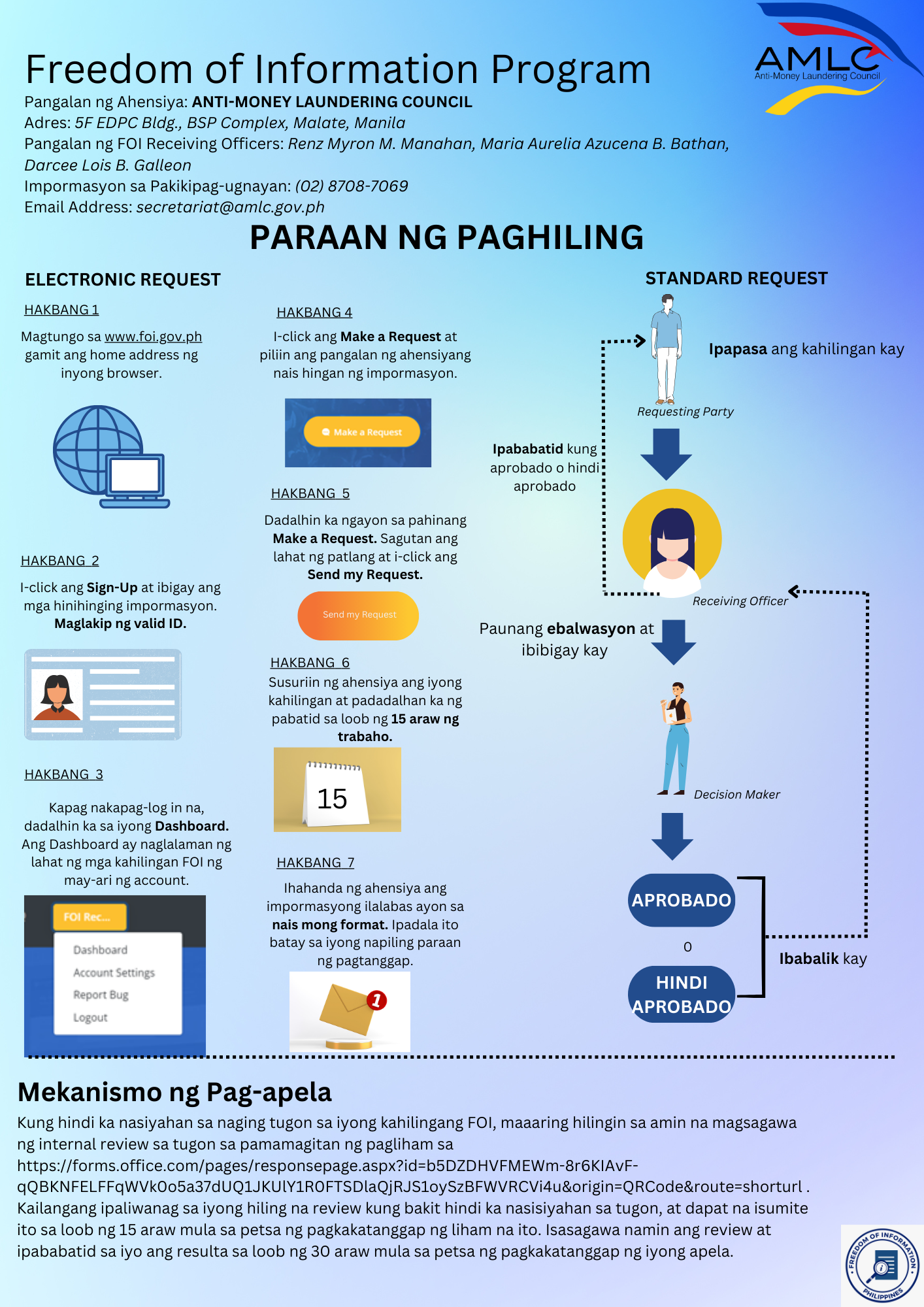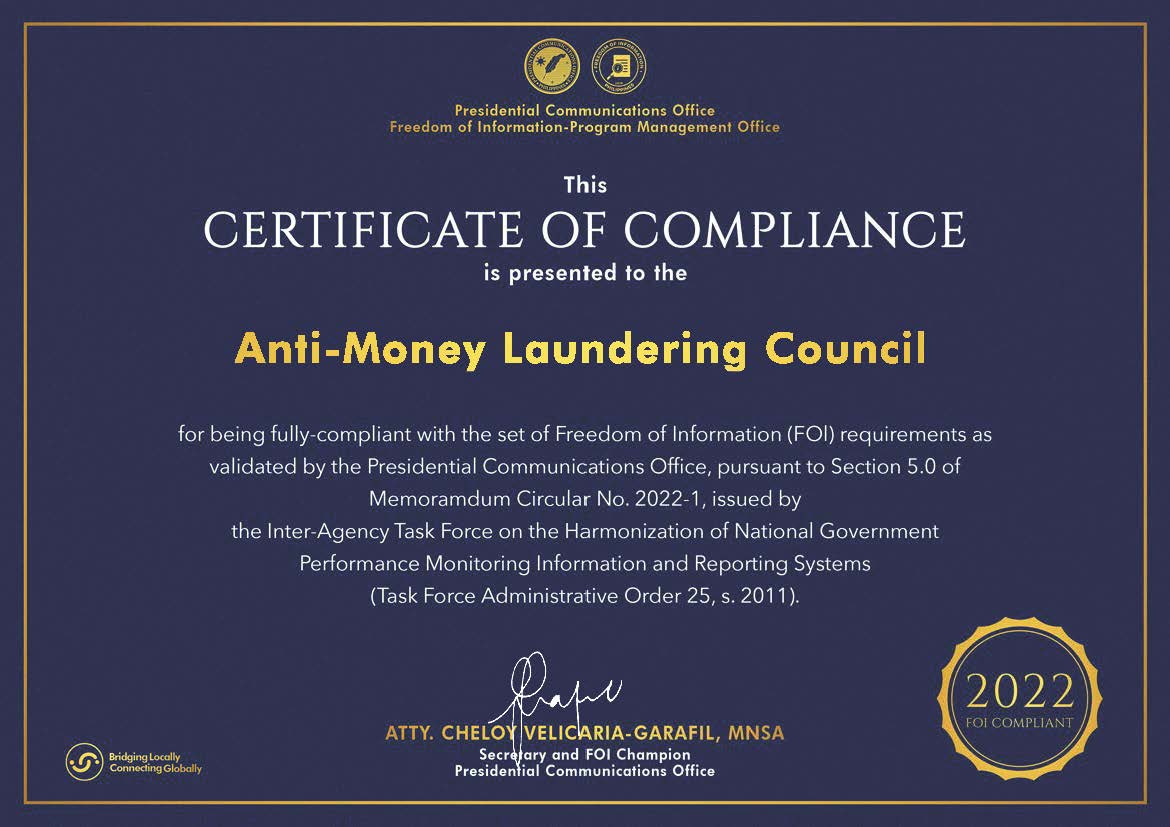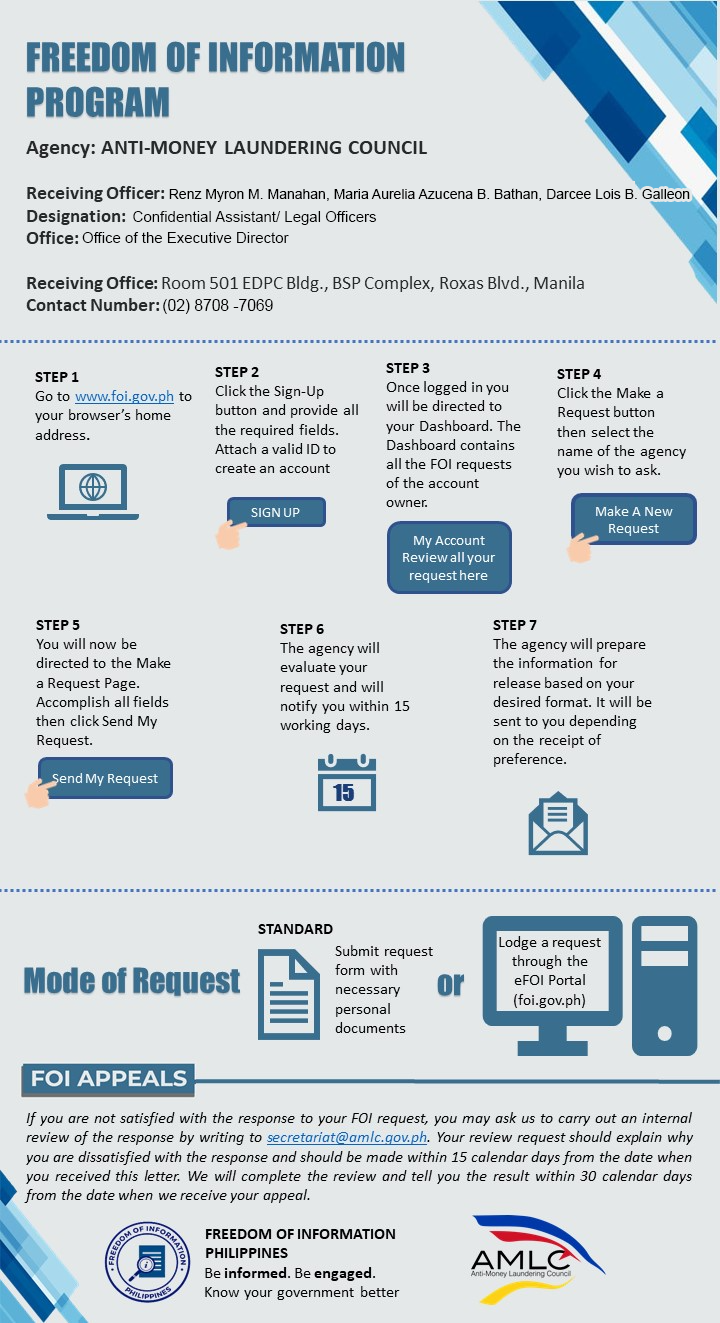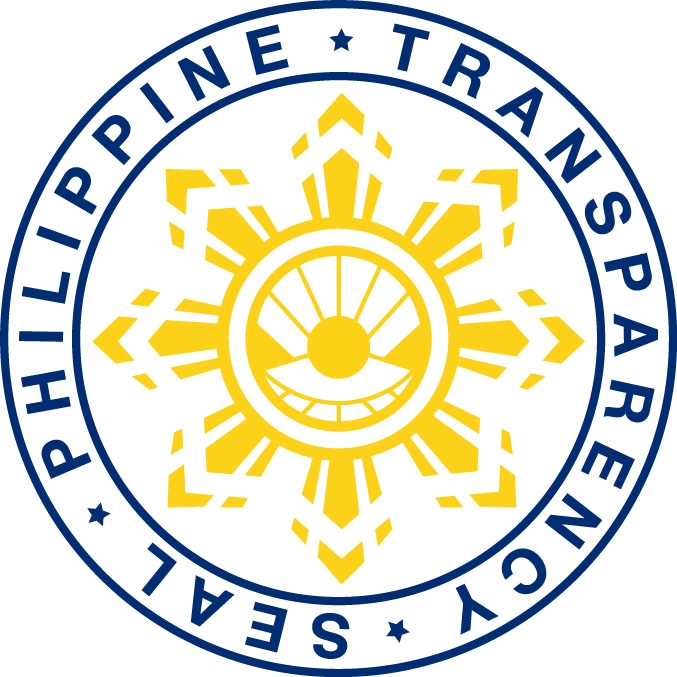1. THE PH COMMITTED TO EXIT THE FATF’S GREY LIST IN 2024. WHY DID IT ONLY EXIT IN FEB. 2025?
The Philippines accomplished all action plan items needed for it to exit the grey list in 2024.
FATF recognized this during a plenary session in October 2024.
In accordance with its processes, FATF had to conduct an onsite visit from 21 to 22 January 2025 to confirm the fulfilment of the action plan items before making the formal announcement.
2. WHAT ARE THE DISADVANTAGES OF STAYING IN THE GREY LIST? WHAT IS THE BENEFIT OF BEING REMOVED FROM THE GREY LIST?
Greylisting may have significant impacts on an economy’s reputation and the cost of doing business, including:
- Increased administrative burden due to periodic reporting to FATF;
- Limited business relationships or financial transactions with the identified country or persons in that country;
- Inclusion in the European Union List on AML/CTF and being subjected to stricter customer due diligence measures by EU member states in relation to business relationships or transactions;
- Inclusion in the United Kingdom Advisory, leading to stricter due diligence measures and enhanced monitoring by regulated businesses for business relationships;
- De-risking or when financial institutions terminate or restrict business relationships to avoid risk; and
- Reduced investor confidence, potentially affecting foreign investments.
Many of the above increase the cost and requirements for sending remittances, a key issue given the large overseas Filipino population.
Exiting the grey list is expected to lower remittance costs and the cost of doing business with Philippine entities. It also shows the country's compliance with global standards on money laundering and terrorism financing, which helps attract foreign investment.
Click the link to learn more about the Frequently Asked Questions on the Philippines' Exit from the Financial Action Task Force's (FATF) Grey List...


 REVISED 2 3.jpg)

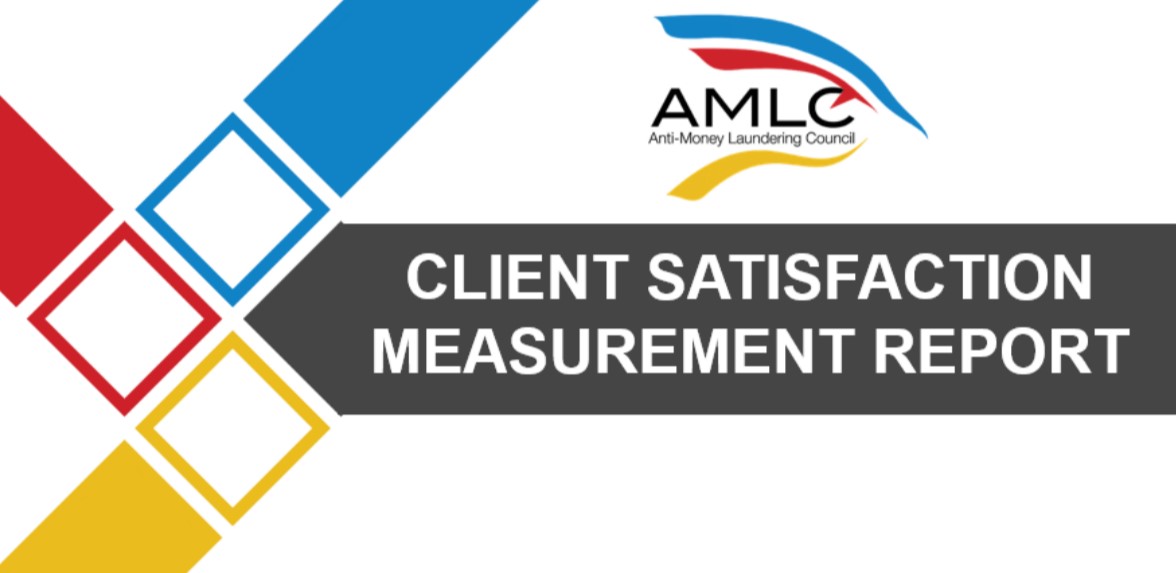 2024 (First Edition)
2024 (First Edition)